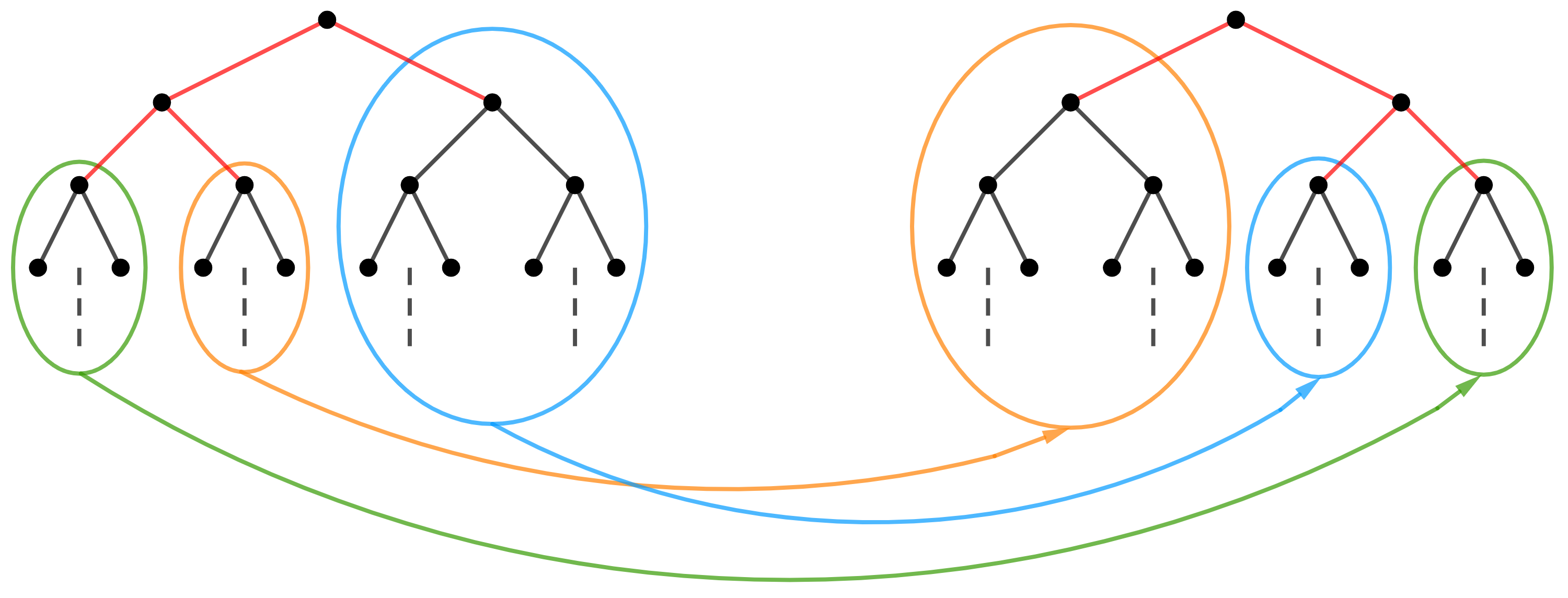A good reference is Brown's article Finiteness properties of groups (1987). Section 4 of the paper defines and describes carefully the groups $G_{n,r}$, now referred to as Higman-Thompson groups. Actually, the section provides a good general introduction to Thompson groups. This is also the first place where the groups $F_{n,r}$ and $T_{n,r}$ appear. On pages 54-55, there are some interesting historical remarks.
For an accessible description of these groups, I think that a good point of view is provided by quasi-automorphisms of trees. Given a tree $\mathcal{T}$, a quasi-automorphism is a bijection $\mathcal{T}^{(0)} \to \mathcal{T}^{(0)}$ that preserves adjacency and non-adjacency for all but finitely many pairs of vertices [1]. Now, $\mathrm{QAut}(\mathcal{T})$ contains a natural normal subgroup: the subgroup $\mathrm{FSym}(\mathcal{T})$ of finitely supported bijections $\mathcal{T}^{(0)} \to \mathcal{T}^{(0)}$. The group of almost-isometries $\mathrm{AIsom}(\mathcal{T})$ is the quotient $\mathrm{QAut}(\mathcal{T})/ \mathrm{FSym}(\mathcal{T})$ [2].
Equivalently, an almost-isometry can be described as a triple $(A,B,f)$, where $A,B$ are finite subtrees and where $f : \mathcal{T} \backslash A \to \mathcal{T} \backslash B$ is an isometry; two almost-isometries $(A,B,f)$ and $(C,D,g)$ being identified whenever $f$ and $g$ agree on some cofinite subset. In pratice, this means that you remove two finite subtrees from two copies of $\mathcal{T}$ and permute the connected components by isometries.
From such a picture, you can impose restrictions on the permutations of components and on the isometries between components [3]. If $\mathcal{T}$ is a rooted binary tree (thought of as drawn on the plane), we obtain
- Thompson group $F$ if permutations and isometries preserve the left-right order induced by the plane;
- Thompson group $T$ if the permutations preserve the cyclic order on the components and the isometries the left-right order on each component;
- Thompson group $V$ if there is no restriction on the permutations and the isometries preserve the left-right order on each component.
But it is possible to modify the tree $\mathcal{T}$ and to obtain quite similar groups. Let $\mathcal{T}_{n,r}$ denote the tree with one vertex of degree $r$ while all the other vertices have degree $n+1$. Then the same definitions as above respectively give Thompson groups $F_{n,r}$, $T_{n,r}$, and $V_{n,r}$ (sometimes also denoted by $G_{n,r}$, following Higman).
[1] For instance, if $\mathcal{T}$ is a union of $n$ infinite rays with a common origin, then $\mathrm{QAut}(\mathcal{T})= H_n \rtimes S_n$ where $H_n$ is the $n$th Houghton group.
[2] For instance, if $\mathcal{T}$ is a binary rooted tree, then $\mathrm{AIsom}(\mathcal{T})$ is the Neretin group.
[3] This is the starting point of the definition of the so-called Röver-Nekrashevych groups.

